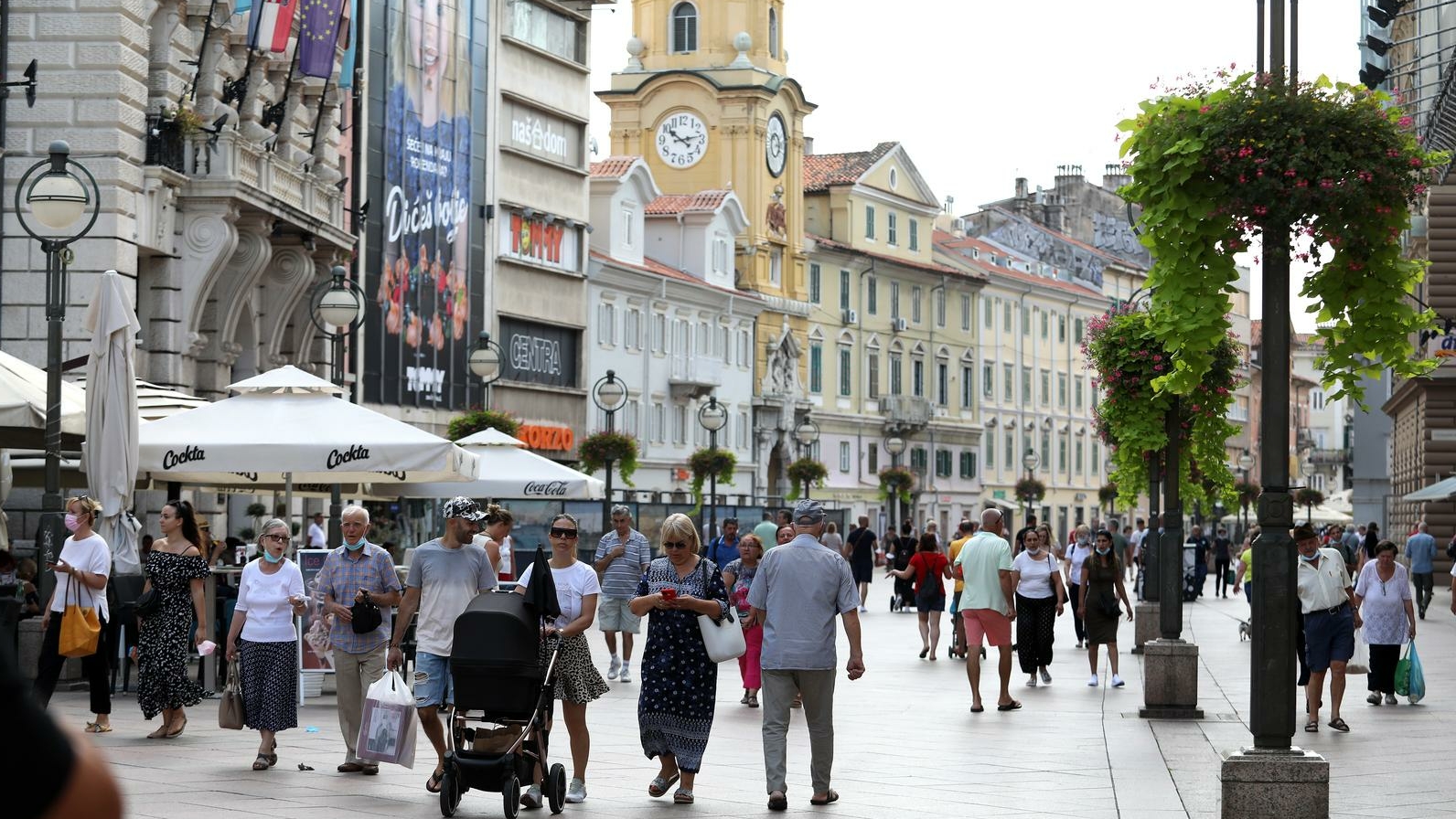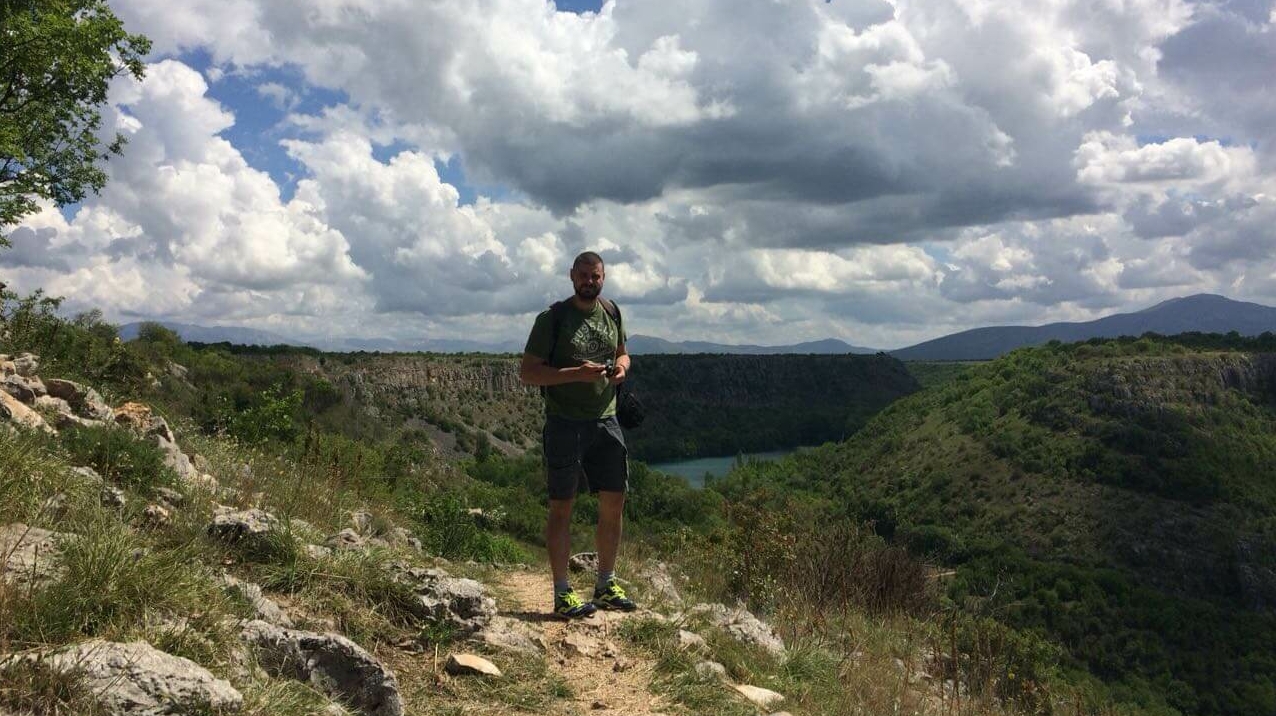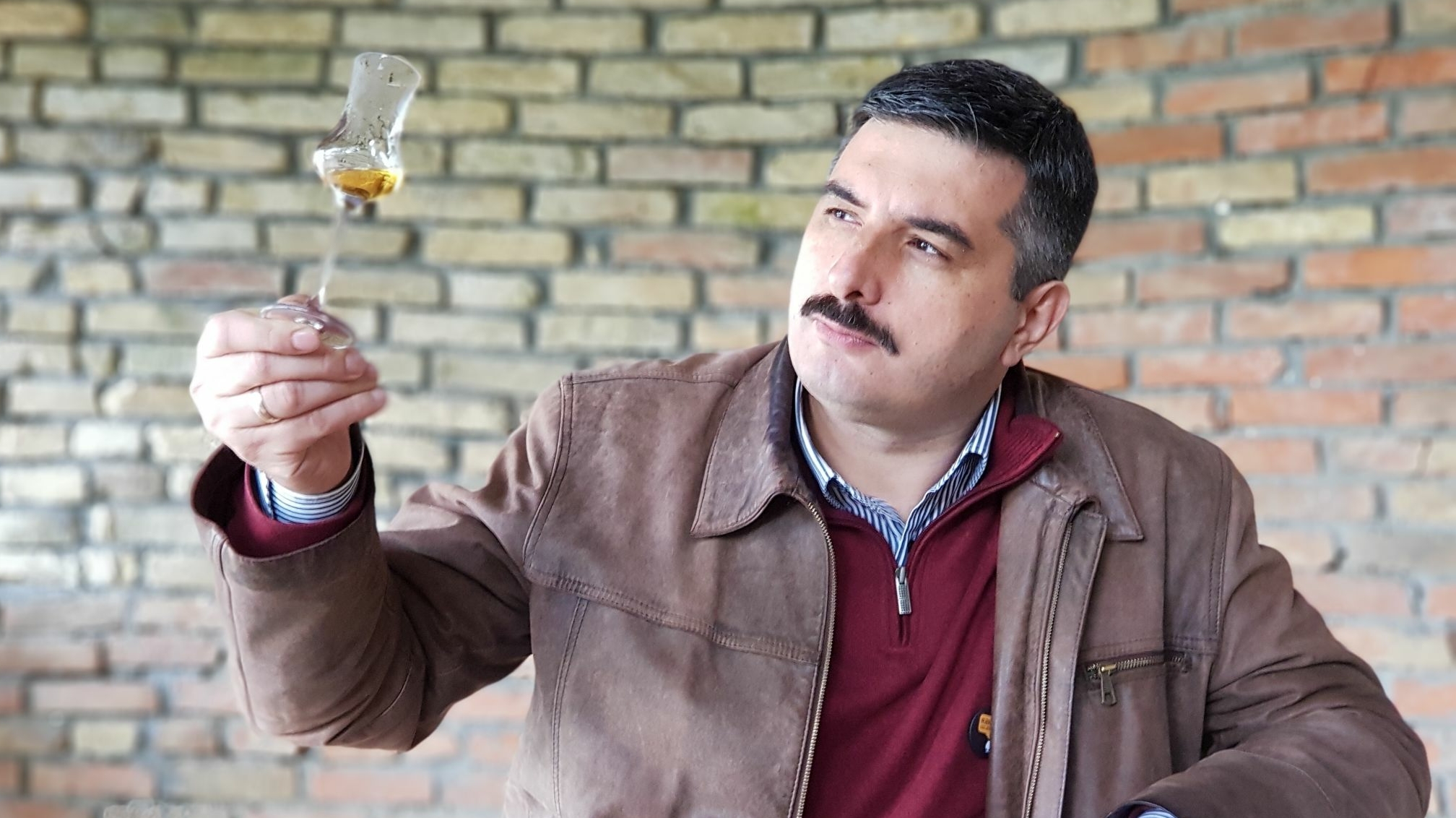When the 218 Christian Orthodox families arrived in Rijeka from Turkish Dalmatia on 9 July 1717, a special decree by Emperor Charles VI officially allowed them to settle “with the right to build a church, have their own priest, build houses and freely confess their faith without anyone disturbing them.” More than three centuries have passed since that date. Meanwhile, the Serbian and Orthodox community in Rijeka lived through many complicated and sometimes dramatic historical events and troubles, including the world and local wars of the 20th century. However, the life of the Serbian community in this city has always been characterized by a spirit of peaceful coexistence and tolerance, contained also in that first decree.
A traditionally multicultural city since Austro-Hungarian times, an important port city at the confluence of European paths and a mixed Romano-Slavic environment, Rijeka preserved its small, specific characteristics during turbulent times much better than many of the surrounding places. The question today is: how does this city, home to a Croatian majority and numerous Italians, Serbs, Czechs, Poles, Macedonians, Albanians and others, live without animosities, as a true home to its colorful ethnic diversity?
The late Darko Gašparović, a professor at the Faculty of Humanities and Social Sciences in Rijeka, once said that Rijeka was a kind of corpus separatum during the time it was directly ruled by Budapest (1880-1914). This meant that the workers of the shipyard, harbor, paper factory Hartera, engine factory Torpedo and tobacco factory “could speak four languages – Croatian, Italian, German and Hungarian – and in the evening would put on their best suits and go to watch some new piece, usually opera, at the Teatro comunale,” Gašparović said.
In a city with 22 ethnic communities and statistically the largest number of mixed marriages in Croatia, after the many trials and facing complicated historical issues, its ordinary citizens decided simply to be – Rijeka citizens, whatever that means. Therefore, many inhabitants of Rijeka today will say they are “Fiumani,” which is a combination of modern, urban sensibility and beneficial, historically and geographically founded local patriotism.
The peaceful coexistence of Rijeka’s communities
The second question concerning Rijeka is whether the specific cultures of small ethnic communities will survive if they are kept behind closed doors and only for their members or if they are offered to everyone. In Rijeka’s case, it is shown that culture belongs to everyone and is propagated by individuals of special affinity, and ethnic diversity gives it an eros of excitement and difference. “Individuals of great talent and energy have done more for the culture of ethnic communities in Rijeka than national minority councils through administrative work, although they do function adequately in the city hall,” said once Višnja Višnjić, an official at the city hall, now retired, who was in charge of the cultural programs of these communities. Naser Sokoli founded Chaplin, the only Romani theater in Rijeka, partly because of his sense of belonging to the Romani community but mostly because he loves theater. Franciska Husak practically single-handedly brought about the construction of the Czech Center in Rijeka because, as she said, she is “a Czech at heart but a Rijeka citizen by orientation.” Other entities in Rijeka operate in a similar way, accepting cultural differences without boasting about their patriotism. These are the Polish cultural society Fryderyk Chopin, Albanian folklore ensemble Shota, the society of dervish orders and the Macedonian ethno-laboratory. The Italian community in Rijeka today numbers some 7,000 souls, who mostly meet in the representative building of the Circolo italiano di cultura on the Korzo. When you enter the auditorium, you encounter a multitude of people, young and old, and the colorful stage is full of commotion. “We have always sung and danced, so we maintain our folklore society Fratellanza. We want the Italian community in Rijeka to preserve some of its old customs and the Fiumani dialect we have always spoken,” the Italians of Rijeka say.
Aljoša Pužar, a professor at the Faculty of Humanities and Social Sciences in Rijeka, described this seemingly impossible peaceful cohabitation of Rijeka’s ethnic communities in the following way: if someone wants to fight for their identity, then that fight is fought in the kindergartens, the schools, at work, in the family, the disco clubs, the media, the employment bureau and not at city hall. “Take, for example, the Ashkali of Rijeka, the albanized Romani who speak Albanian and not the Romani language and consider themselves a separate community. The real face of a city is always much more than a sum of collectivities and their imagined and invented traits, and Rijeka has always swallowed newcomers like a funnel and emanated their overall cultural effect towards national ‘centers’. And these mother-centers have never been able to create a completely ‘pure’ situation ‘in the field’. I am very pleased with that,” Pužar said.
Equal in culture
In an atmosphere in which Rijeka is “a city big enough to take care of itself and small enough not to get lost in it,” as the Rijeka theater theorist Matko Botić says, “a horizontal field of cultural equality” has formed. In it, a single ethnic community “can hardly count on the visibility of cultural exclusivism.” Rijeka’s example of a situation in which everyone knows who they are without any animosity to the others is – cultural events. We hardly need mention the International Small Scenes Festival in Rijeka, which has existed for 25 years and where tickets for shows of Belgrade theaters are traditionally always sold out. The late Nenad Šegvić, the founder of Rijeka’s small scenes, said this about the participation of Serbian theaters: “Rijeka had the geographical luck to avoid war on its ground, and it has always possessed the Mediterranean openness and breadth. However, the first time I brought shows from Belgrade to the festival, in the mid-nineties, I got anonymous telephone calls and threats. Despite everything, my motivation was to bring quality shows regardless of where they came from, and nothing could stop me in that. In the beginning, to be on the safe side, we had to ask for police protection, but there hasn’t been a single provocation at the festival in all these years, and the choice of plays that have come from Belgrade, Skopje, Ljubljana and Podgorica has shown that this concept is justified,” Šegvić said.
It is also worth remembering that a festival of Serbian film was organized in Rijeka right after the war, when that was unimaginable in Zagreb or Split. The organizers from Rijeka’s Serbian Cultural Association Prosvjeta said that “the auditorium was packed for seven days, not because the films were Serbian but because they were good.” There is some simplicity in how Rijeka citizens see their own multiculturality. Petar Mamula from the organizational committee of the event Three Hundred Years of Orthodox Christianity in Rijeka, held a few years ago, said it was important that the idea for this event came from ordinary people and not institutions. “This festival is the result of our own realization that we have been here for 300 years, influencing the development of the city together with everyone else. Many state and local organizations participated in the event, and that is the proof that we can have a civilized conversation about national identity,” Mamula said. The Bishop of the Eparchy of Gornji Karlovac Gerasim (Popović) also said: “We Serbs feel accepted in Rijeka, and our freedom of expression never bothered anyone. The city always helped us when we needed it, and for that we are grateful.”
To be a Fiuman means much more than divisions
Rijeka today is somewhat poorer than 15 years ago, when the global economic crisis began, but its cultural capital and irresistible multicultural charm have remained unchanged. It is not coincidental that the liveliest, biggest and most lavish carnival visited by the craziest masked troupes in the world is held in Rijeka every year. This capital didn’t come easy but was paid with the experience of ethnic divisions and the historical catastrophe in the Second World War and after it. Many still remember fascism, the persecution of different groups and the partisan vengeance, but they all learned something from it. Croats of Rijeka learned that not only “Croatian people” live there but many others as well; Italians of Rijeka learned that apart from fratelanza, the traditional brotherhood that has helped them survive through the decades, there is also convivenza, coexistence, which brings them closer to others; Serbs have learned that, apart from bearing the stigma of collective guilt for the beginnings of past wars, they can still be proud of what they are in Rijeka’s atmosphere of peaceful diversity. All the others and all together have learned that this alchemy of “being a Fiuman” is something less than “national identity” but much more than divisions, animosity and hatred. Because of a lucky geographical position or historical wisdom, it seems that in this city, more than in others, those on the left and the right, nationalists and separatists, the religious and atheists and citizens and anarchists have made peace, unlike in other Balkan regions where, as someone said, “one bullet changes everything.” Today, Rijeka culturally functions according to the already mentioned system of “horizontal equality” of its ethnic groups, which perhaps doesn’t eliminate all problems and tensions, but is probably still the best thing that could have happened to this city surrounded by many tragic divisions. All its citizens together, being of different identities and orientations and more or less distant from national and cultural centers, realized that they can only survive if they give something instead of only jealously keeping things for themselves. The citizens of Rijeka, whatever their ethnicity, have gained a lot that way, but the rest of us have also been given wisdom and hope and shown a way forward.
Translation from Croatian: Jelena Šimpraga








